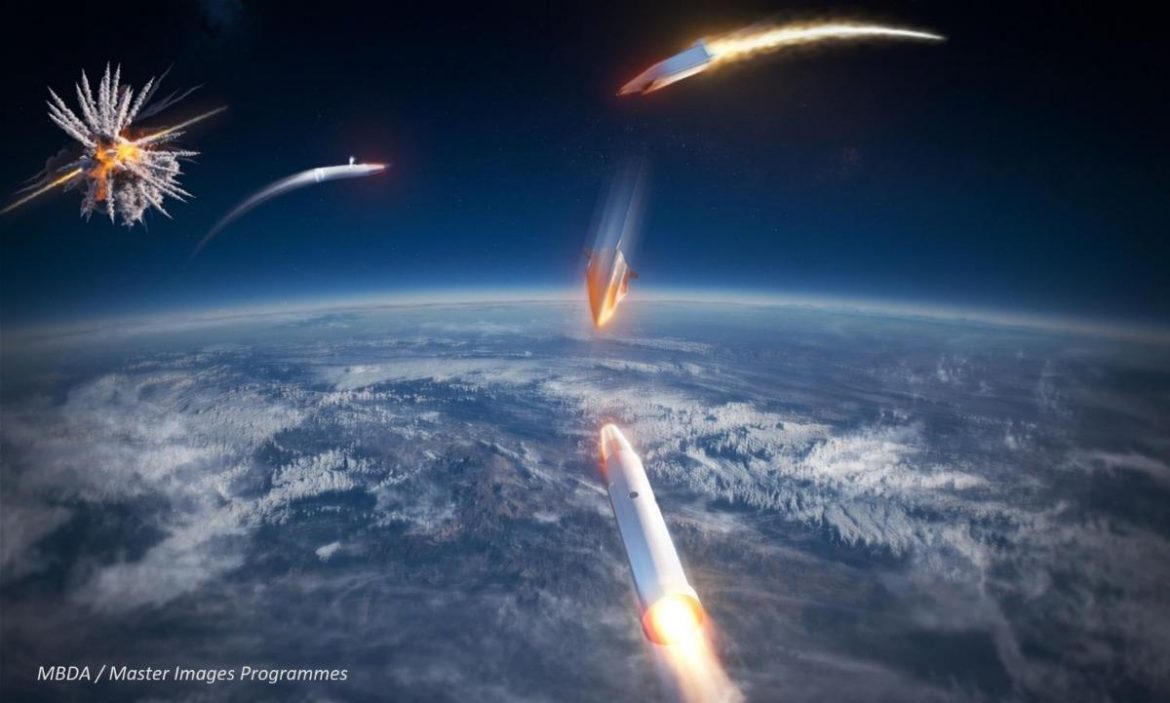Following a ten-month study by the HYDIS Consortium, the four HYDIS Programme Participating Nations (Germany, France, Italy, the Netherlands) and OCCAR, scrupulously analysed the study during a two-month long review period. The review was concluded between 20-24 October 2025, when representatives from the HYDIS Programme Participating Nations, OCCAR and Industry met to converge on the down selection of two concepts for the HYDIS Interceptor System. On 24 October, 2025 the HYDIS Steering Committee, gathered at the OCCAR premises in Montrouge near Paris and confirmed the successful achievement of the ICR gate.
Through the ICR, the two most promising interceptor concepts were down-selected from the various architectures and variants that emerged at the end of 2024’s Solution Space Review (SSR). The two selected concept candidates demonstrated a higher overall grading during the rigorous and advanced modelling and simulation activities conducted in representative interception’s operational scenarios, which included accurate threat modelling and realistic environmental conditions, developed with the specialized technical support provided by the subject matter experts from Programme Participating States during a series of technical workshops.
With the ICR, important progress has been made in the definition of the interception strategy (in-glide vs in-dive), propulsion technology, stages separation devices and terminal phase manoeuvrability optimization to maximize the lethality of the Kill Vehicle.
Advanced kinematic models were also implemented to increase hypersonic threats path prediction, leading to improvements in mid-course and terminal phase trajectory optimization.
A specific focus was made on the threat tracking and acquisition capabilities. An accurate preliminary analysis was provided by industry concerning key operational aspects such as the data link communication with the in-flight interceptor, the navigation functionalities in a degraded environment and the availability of fire control quality data from organic radar sensors or external sensors such as space-based capability or forward surface radars. These findings on collaborative sensing are instrumental in assessing different engagement strategies, such as Launch on Remote or Engage on Remote.
With the ICR milestone successfully met, the HYDIS Programme now enters the third step of its Concept Phase, with the aim of finalizing and consolidating its Mission and Requirements Definition in early 2026, while also further mature and assess the interceptor design, orientating towards a possible down-selection of the most promising concept at the Final Concept Review in 2026.
“The European Hypersonic Defence Interceptor System” (HYDIS) is a project co-funded by the European Union, under the European Defence Fund, and by four Participating States (PSs) which are France, Germany, Italy and the Netherlands. OCCAR has been entrusted by the European Commission (EC) for the indirect management of the action by the signature of a Contribution Agreement. OCCAR, as Contracting Authority, has concluded a contract with the HYDIS consortium to implement the programme, on behalf of EU and the Member States.
Co-funded by the European Union. Views and opinions expressed are however those of the author(s) only and do not necessarily reflect those of the European Union or the European Commission. Neither the European Union nor the European Commission can be held responsible for them.
Follow us on our Telegram channel

